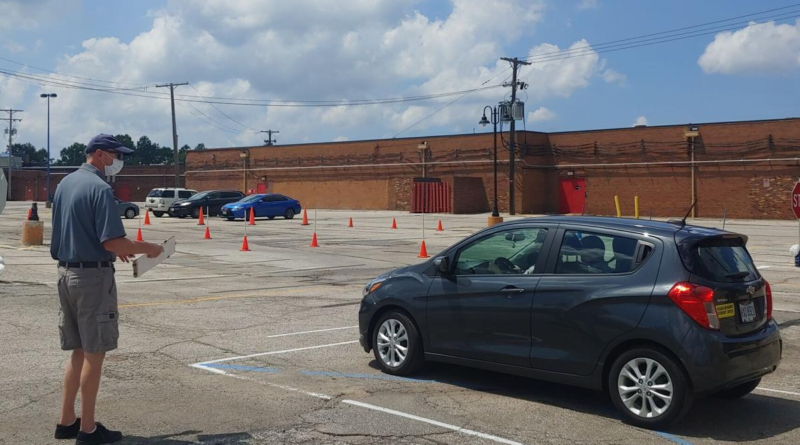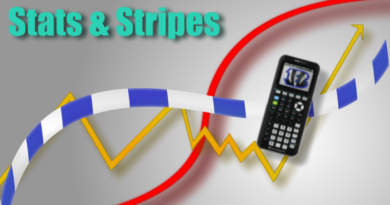How COVID-19 Affects Maryland’s Permit and Driver’s License Tests
The process of passing your permit and driver’s license tests can be intimidating, and trying to go through that process with COVID-19 adds more unknowns into the equation. But no need to worry! We have gone through both of these procedures with the added rules and regulations, so we can walk you through everything to prepare you for these benchmark tests.
Although COVID-19 has completely changed many aspects of our daily lives, very little is different about the Maryland permit tests. Mainly, the Motor Vehicle Association (MVA) is slower and more backed up than normal. If you want to get an appointment when you turn 15 and nine months and right now you’re 15 and five months old, make your appointment now! I tried getting a spot about two weeks before I turned 15 and nine months in January, and by that point the soonest appointment was mid-April.
Preparation is also almost unchanged. I primarily used the app “Maryland MD MVA – Permit Test” to study, which had practice tests, flashcards and a link to the actual Maryland driver’s manual. It comes up immediately when you search for it in the app store. I used it nearly every day within two to three weeks of my appointment, especially when I was in the car. This was extremely helpful because you could look around and see everything that the content was talking about.
What did change is that most driving/permit prep classes aren’t being held in-person and instead online. I chose not to take one, as the new scheduling didn’t work for me. My sisters participated in the “I Drive Smart” course before COVID-19 and they passed easily, so it’s definitely beneficial, but not a requirement.
When going to take the test at your MVA location, everything functions the same as normal besides the regular COVID-19 regulations like limited capacity and social distancing. The testing room has fewer test-takers in it, which may actually help you because it’s even quieter. They give you more than enough time to take your test—I was able to be in and out of the testing room within 5 minutes.
Final tips for preparing for your test:
- Start asking questions now! I frequently asked questions while my parents were driving long before I had to take the test, which made me feel much more confident about the different aspects of driving.
- Read over and talk about the manual with people. There are a lot of rules and regulations in one pdf, which can be difficult to swallow and process on your own.
- Talk to kids your age that have taken the test recently, and see if they have any pointers. Usually people your age will be able to teach you about certain tricks that people who are going by the book won’t tell you.
After you get your permit and hold it for nine months with no violations, it’s time to take your provisional license test. The MVA did not cut any corners in the preparation for this test: you still have to have 60 hours of driving (and have them recorded in your driving log) and pass a driver’s education course. My driver’s ed was online, but nonetheless, all of the same topics were covered. The in-car sessions required me and my instructor wearing masks, with the windows down, even in those cold January evenings.
However, unlike the permit test, the provisional license test took a big hit to COVID-19 regulations. Usually, the test consists of two parts: a closed course and road test. The closed course part consists of basic parking tests (pulling in, backing in, and the three-point turn) where drivers are assisted with cones. The road test analyzes drivers’ ability to drive among others on the road and follow traffic laws. This part is usually done with the evaluator in the passenger’s seat.
Social distancing protocols made this an unusual experience. With evaluators not able to sit in the vehicle with drivers (being less than six feet apart) without risking transmitting the virus, some adjustments had to be made.
The biggest change was the removal of the road test portion. There would be no way to clearly and efficiently evaluate a driver’s performance in traffic without being next to them. So, the only part a driver taking the provisional test, like me, had to take was the closed course.
When I arrived at my MVA location (I chose to test at the Wheaton location), the place was very crowded, even for 8 AM. I would be sure to arrive at least 15 minutes before your appointment. After I presented my documents to the clerk, and after some extended waiting time, I was told to take my car back around the building to take my test.
First, the evaluator did the outside check of my vehicle. He checked to make sure my windows, brake lights, indicators, and hazard lights were working in the front and back. After all of that was confirmed, he came to my window and explained to me the first park I was going to do (the pull in), as well as showed me a diagram of how it should be done. I’ve practiced many times, so these movements weren’t new, but if you aren’t familiar with anything you’re being instructed to do, don’t be afraid to ask questions. Any misunderstanding could have you fail your test!
The same process occurred for the back-in park and the three-point turn. Here are some pointers that I would be sure to remember when you take your test: make sure you are using your correct indicator when you are turning anywhere (even in and out of a parking space), don’t forget to stop at stop signs, and relax!
Once I finished performing all the tasks, I was instructed to pull into a parking space off-course, and my instructor told me I passed. After that, it was more waiting, filling out electronic paperwork, taking my license picture, and I was finally sent home with a document acting as my provisional until my actual card came in the mail, which it did five days later.
Even though COVID-19 has made some changes to the driver’s license process, the MVA is still making sure all its drivers are prepared to safely drive on the road. Use these rundowns and tips for some extra support to make sure you ace your test!




